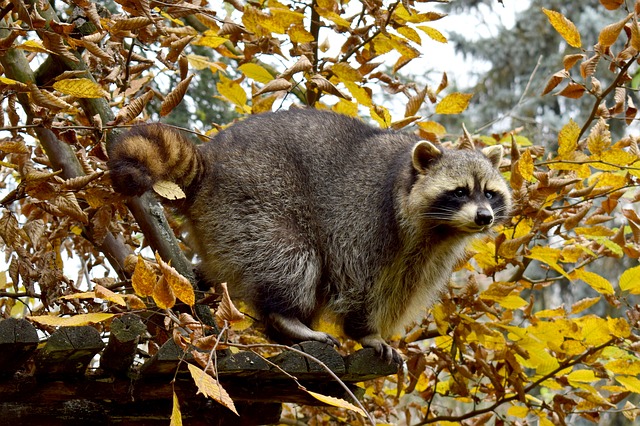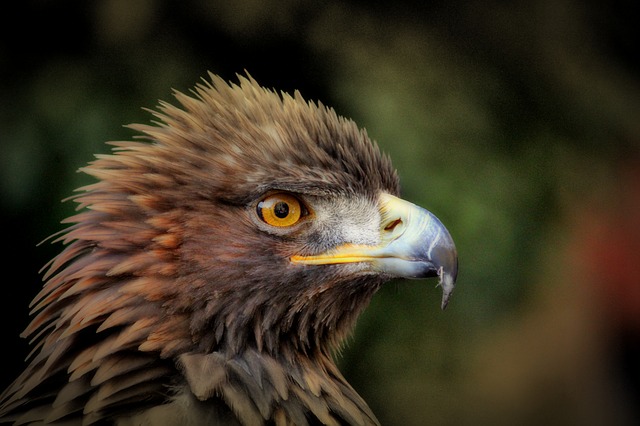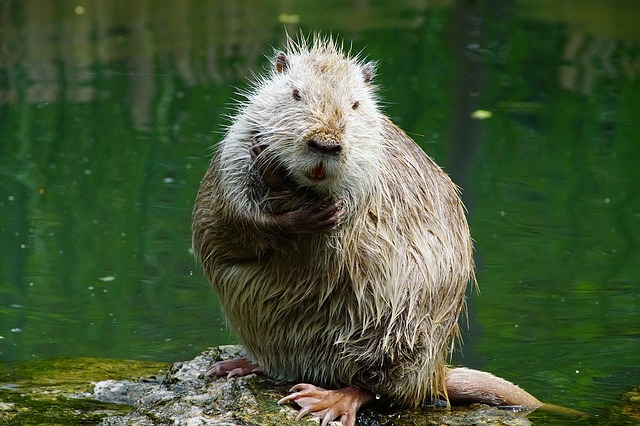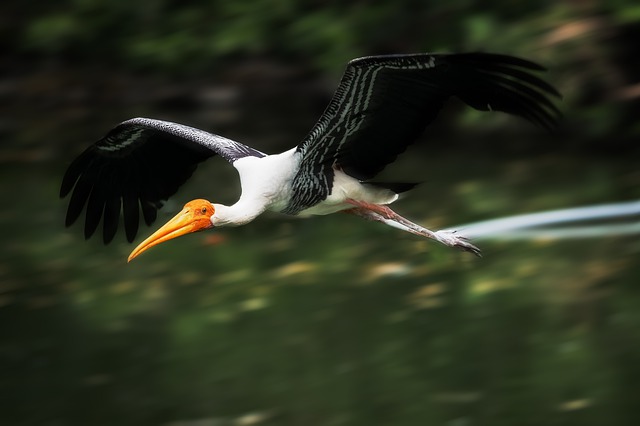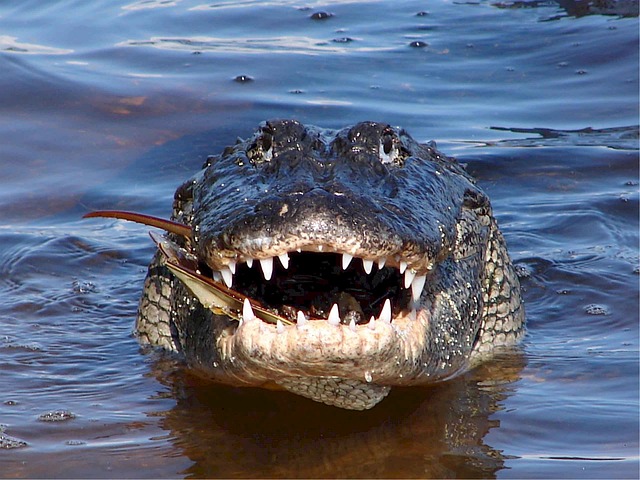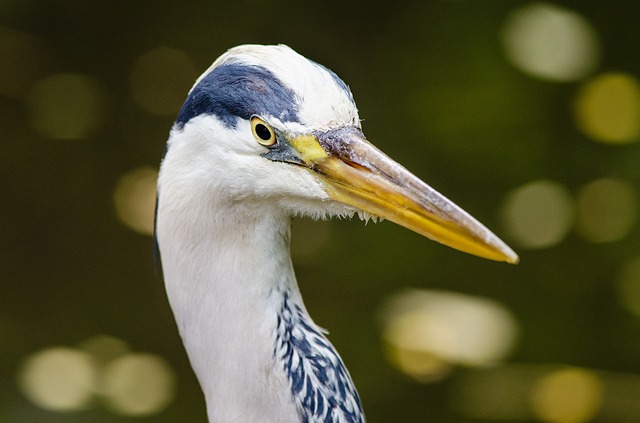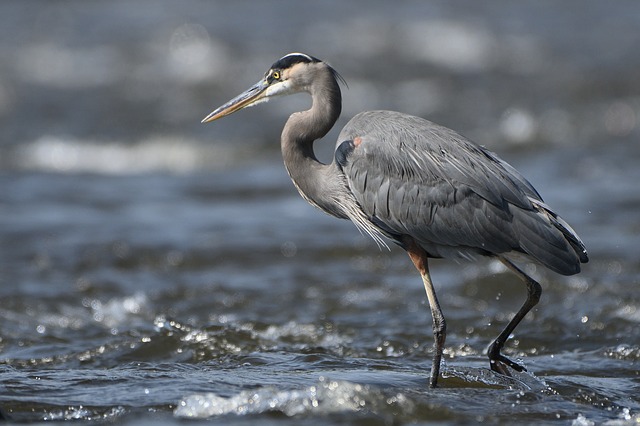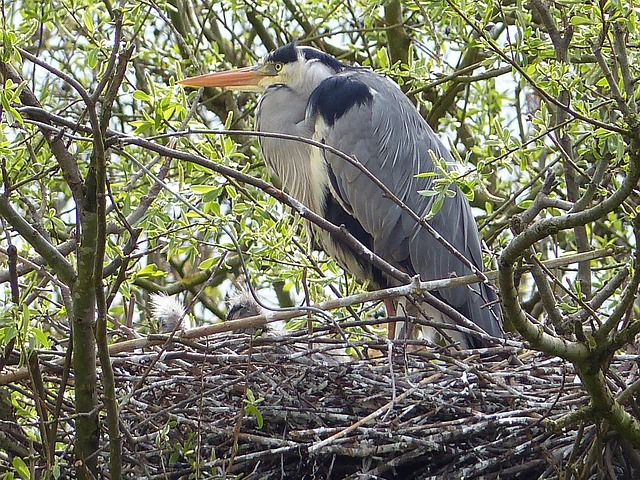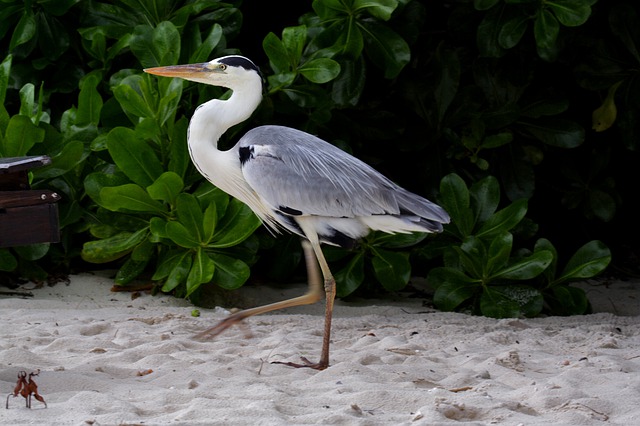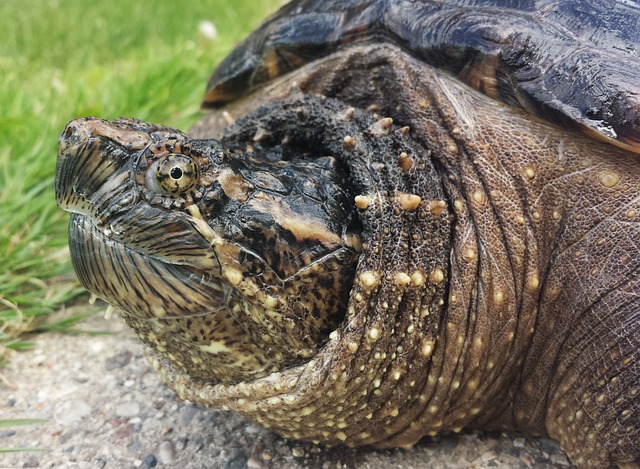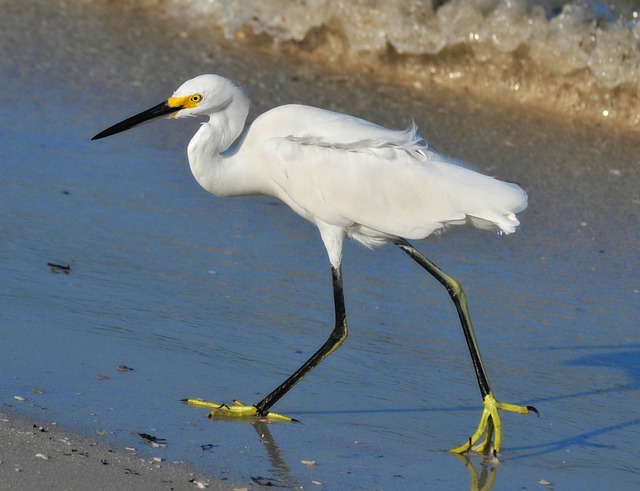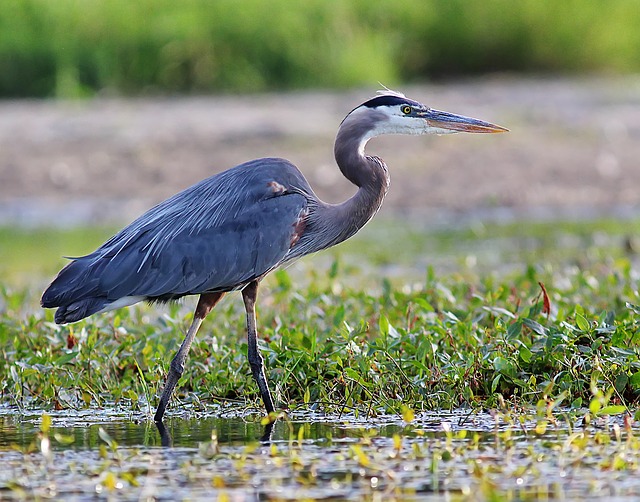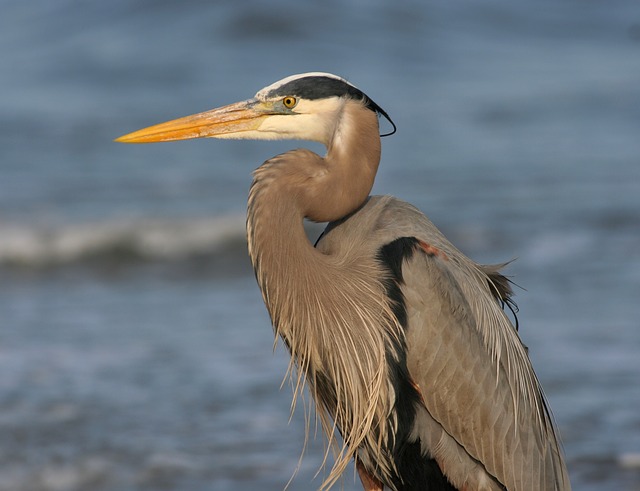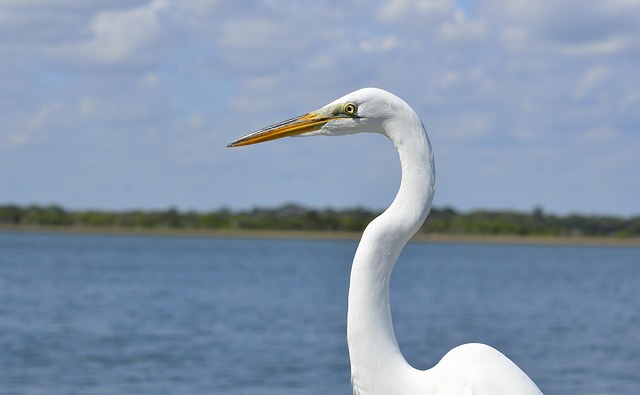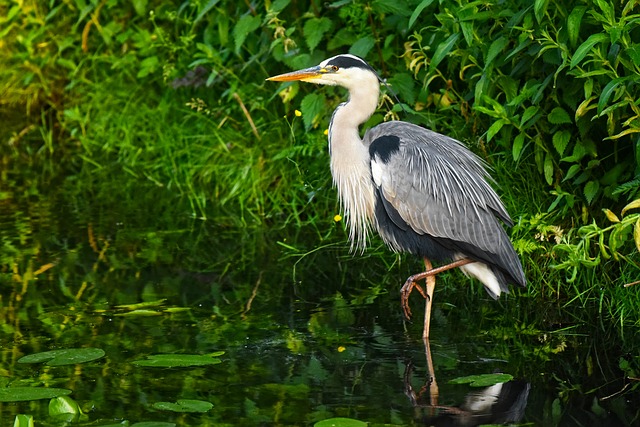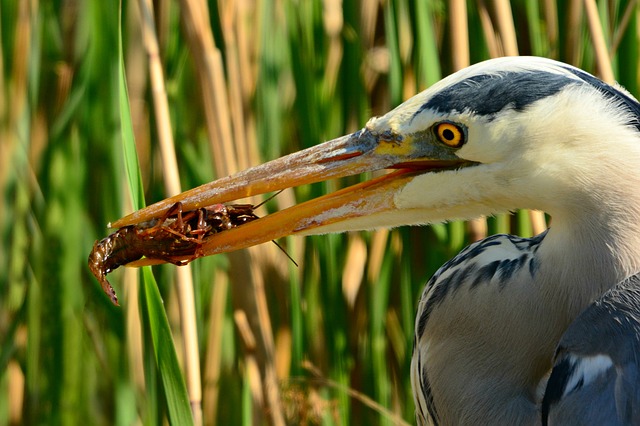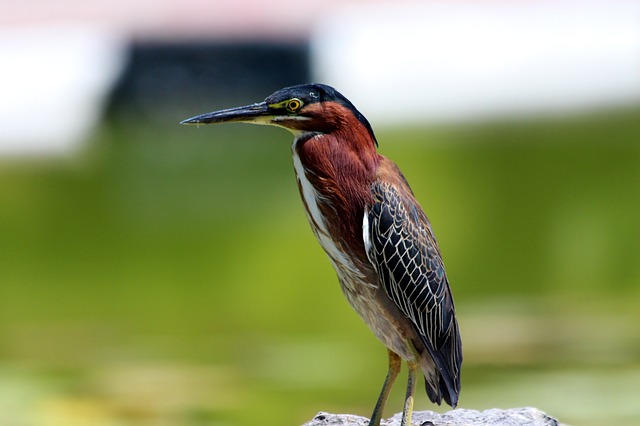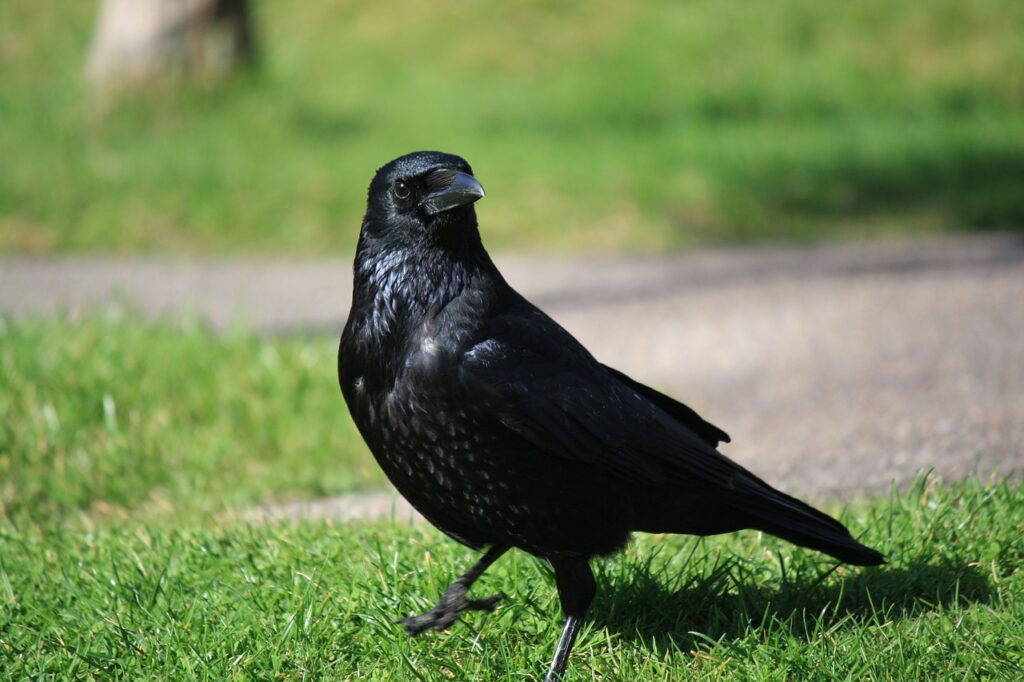
Are crows territorial? The answer is yes. However, just how territorial they are can depend on several factors. Here’s what you’ll need to know.
Territoriality In Birds
Territoriality is the behavioral trait of defending and maintaining a specific area territory against intruders. Typically it is against intruders of the same species but not always. It is common in various animals, including many types of birds.
And that includes crows. Other examples of birds known for their territorial behavior include magpies, robins, red-winged blackbirds, blue jays, cardinals, and mockingbirds, to name a few.
Crow Territory Basics
During the breeding season, unpaired males will attempt to seek out and claim territories. Having a territory helps male crows to attract a mate since the territory will serve as a nesting and foraging area. Once he has attracted a female partner, the birds will work to defend it.
Crows mate for life, and as long as their territory provides sufficient resources, the pair will stay in the same territory year after year. And their offspring will usually stick around for a few seasons as well. Crow territory size can range anywhere from 15 to 60 acres or even more.
Because during the breeding season, they need more resources and protection for their young, the size of a crow’s territory will generally be larger at this time than during the rest of the year.
When Are Crows Territorial?
Crows are territorial year-round. However, they become highly territorial during the breeding season as there is competition for mates, they are securing nesting sites, and raising their young. The breeding season typically runs from late winter to early summer but can vary by location and climate.
Outside of the breeding season, crows are typically less territorial. However, that being said they will still defend their territories. This is true even during the fall and winter months. During this time they travel to sleep at night in communal roosts with crows from many other family groups.
However, despite being accepting of other crows in their nightly roost, during the daytime, they will return to their individual territory to forage for food and defend it from other crows. Yet they won’t normally do so as intensely as during the breeding season.
Other Factors That Influence Territoriality In Crows
There are a few other factors that influence just how territorial crows are. This includes the availability of food and the presence of competing crows nearby. For example, crows in more densely populated regions are often more territorial for the majority of the year. That’s because in these areas there is usually a higher population of competing crows and also scarcer food options.
In contrast, in more rural areas where there are not as many other crows and the food is more abundant, crows may be much less territorial.
The genetics and hormone levels of individual crows can influence how aggressively they defend their territory as well. And so can the experiences and territorial conflicts a crow has had in the past. In areas where there are high numbers of predators or other species that compete directly with them for resources, crows will also be more apt to defend their territory vigorously.
How Do Crows Defend Their Territory?
Crows will protect their territory from competing crows and potential predators in various ways. To spot intruders, they will often perch somewhere high up that gives them a clear vantage point of their territory. Crows will also fly around and patrol which in addition helps to make their presence known to any crows nearby.
They will vocalize too, making loud warning calls that assert their claim to the area. And when they spot other crows, they may use physical displays to scare them out of the area. They may puff up their feathers to make themselves look larger than they are and intimidate them. Another display used is bill fencing (when crows open and close their beaks).
If they don’t leave rival crows and perceived threats may be chased, mobbed by multiple birds, and dive-bombed in an attempt to drive them away. In more serious cases crows may resort to physically attacking intruders.
Why Are Crows Territorial?
Being territorial is advantageous to crows in several different ways. Claiming and defending their territory from competing crows helps to ensure that they and their young have exclusive access to a reliable food source. It also helps create a safe place for breeding and raising their young.
Driving away potential predators increases the chances that the young and other crows in the family group will survive. And while it may be aggressive, the territorial behavior of crows actually helps to establish and maintain a cohesive crow society. It usually keeps the peace.
That’s because territorial displays tell neighboring crows what areas are already claimed and where the boundaries of those specific territories are. This helps to prevent any unnecessary conflicts and life-threatening injuries.
Start Shopping for Birding Supplies!
Raccoon Pictures
Raccoons are easily recognizable by their black face mask and ringed tail. And there are many fascinating things about this intelligent nocturnal species. So we’ve compiled some of the best raccoon pictures to show you just how amazing and unique they are. Raccoon...
Eagle Pictures
Eagles are large powerful raptors with sharp talons and beaks. These apex predators are typically at top of the food chain and there are many interesting things about them. So we’ve compiled some of the best eagle pictures to show you just how amazing they are. Bald...
Nutria Pictures
Nutria are large semi-aquatic rodents from South America. In the United States where they were originally imported for the fur industry, they are an invasive species. Despite their pest status, there are many interesting things about them. So here are some of the best...
Stork Pictures
Storks are tall wading birds with long legs and necks. These amazing birds have many fascinating things about them. And we’ve compiled some of the top stork pictures to help show you just how interesting and beautiful they are. White Stork The white stork has a body...
Alligator Pictures
The American alligator is a large predatory reptile that inhabits the southeastern United States. It’s a fascinating animal with many interesting things about it. And we’ve collected some of the best alligator pictures to help show you just how amazing they are....
How Long Do Great Blue Herons Live?
The life expectancy of birds is known to be closely related to their size. So as the biggest heron species in North America, how long do great blue herons live? The average life expectancy for these large birds is around fifteen years. However, surviving their first...
Where Do Great Blue Herons Live?
The great blue heron is considered to be the most widespread heron in North America. So exactly where do great blue herons live? Here’s what you’ll want to know. Great Blue Heron Range The great blue heron is found throughout most of the North American continent. In...
Where Do Great Blue Herons Nest?
While many of us have seen great blue herons their nesting habits often remain a mystery to most people. That’s because they purposely nest in hard-to-reach places. So where do great blue herons nest? Here’s the answer. A Colony Nester Typically great blue herons nest...
Do Great Blue Herons Migrate?
Do great blue herons migrate? This is something many people wonder about, especially if they’ve seen a heron during the cold winter months. And the answer is both yes and no. Here’s what you’ll want to know. Great Blue Heron Range The great blue heron has a large...
Great Blue Heron Pictures
Few species of birds are as tall, elegant, and attractive as the great blue heron. So we’ve compiled some of the best great blue heron pictures for you to admire and help you to learn more about this amazing bird! Great Blue Heron Head The head of the great blue heron...
What Do Snapping Turtles Eat?
Many people are familiar with the fact that snapping turtles have an incredibly strong bite. They use their strong jaws and sharp beak not just for defense but also for catching food. So what do snapping turtles eat? Here's what you'll want to know. Snapping turtles...
Birds That Look Like Egrets
Egrets are predatory birds that hunt and live in a range of both freshwater and saltwater habitats. These birds are usually white, and have S-shaped necks, long legs, and dagger-like beaks. However, they are often mistaken for several other types of birds that look...
Birds That Look Like Storks
Storks are large wading birds with robust bills and long legs. These tall carnivorous birds are well-known for their wide wingspans and also for building huge nests. However, they are often confused with several other bird types that have a similar appearance. So...
Birds That Look Like Herons
Herons are tall birds with long slender legs and necks. And they often wade in the water when hunting for food. Yet there are several other types of birds that may be mistaken for them. To make things more confusing many of these birds also spend time in the water and...
Great Blue Heron Facts
The great blue heron is named for its size and the grey-blue color on its wings, stomach, and back. This species has many fascinating things about it. So here are the top great blue heron facts. It's The Largest North American Heron The great blue heron is a big bird...
Are There White Herons?
Are there white herons? This is something many people wonder especially after seeing a tall all-white bird. The answer is yes! And here’s a fast introduction to them. A White Color Morph Most people are familiar with the great blue heron, a large predatory and...
Great White Heron Facts
While many people are familiar with the great blue heron, they are often surprised to find out that there’s also a great white heron. There are many things you’ll want to know about this stunning bird. So here are the top great white heron facts. The Great White Heron...
What Animals Eat Herons?
Because of their size and long sharp beaks, it can be hard to imagine that herons have any natural predators. While they do, they definitely don’t have nearly as many predators as most other types of birds. So what animals eat herons? Predators Of Adult Herons For...
What Do Herons Eat?
Great blue herons are often seen slowly wading in shallow water hunting for food. You may have even spotted one of these large birds in your own backyard pond. This leaves many people wondering: “What do great blue herons eat?” And here’s everything you’ll need to...
What Do Green Herons Eat?
The green heron is a secretive and small heron species. What it lacks in size however it makes up for in intelligence. It is particularly well-known for how it uses its smarts when hunting for food. So what do green herons eat? Read on to find out. Meet The Green...
